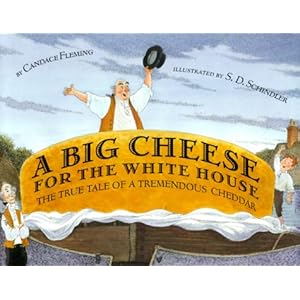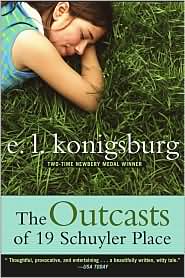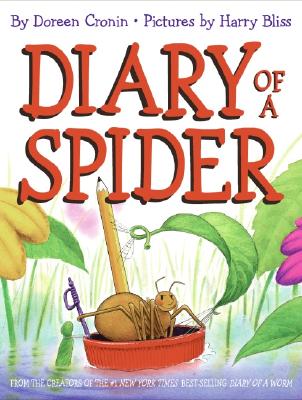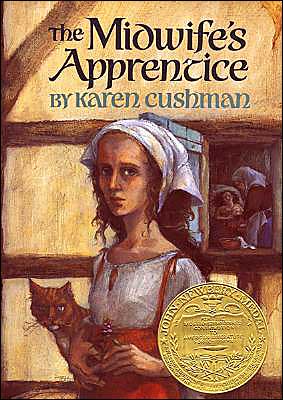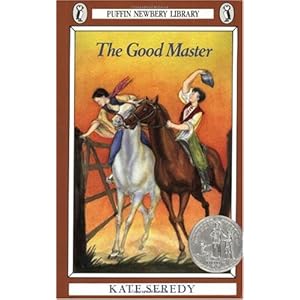 SummaryKit’s Wilderness
SummaryKit’s Wilderness begins as Kit, a teenage boy, moves to the town of Stonygate to care for his Grandfather after his Grandmother’s death. Stonygate is a mining town where is ancestors have worked for generations. Though the mine has shutdown, a small group of teens becomes fascinated with the history of the mine and begin traveling into the tunnels under the leadership of John Askew. Askew engages the other kids in a game called “Death.” In this game, one person enters a sleep state where they “become nothing.” “Death” leads Kit to a deeper understanding of the mine’s history, and the history of child laborers who died in the mine. Kit’s Wilderness also shows Kit as he grows into a deeper relationship with his Grandfather. Kit’s Grandfather passes down Stonygate history as he enters into a demented state and eventually approaches the end of his life. During the story, Askew, an outcast, runs away from his troubled home. The fate of Kit’s Grandfather and Askew come to parallel a story within the story that Kit is writing for school. As Kit resolves the narrative he is writing, Askew returns safely home and Kit’s Grandfather finds peace before his death.
ImpressionsKit’s Wilderness is an innovative story that circumvents expectations for a young adult novel. David Almond tells three stories at once: the story of Stonygate today, the story of Stonygate’s past, and Kit’s narrative about Lak. Each story is told with a great amount of maturity and honesty that I think young adult readers will appreciate. In terms of style, I thought the story within a story device was very clever. Instead having Kit resolve the issues of the story in a realistic linear way, Almond allows him to resolve the conflicts through a fantastic creative device. Overall, I loved this book for its content and style and I would recommend it to young adult readers and adults.
Review: Children’s Literature Review: January MagazineWhitbread-winning author David Almond's most recent book is about the place where magic, dreams and everyday life collide. Almond's prose is elegant, sparse and powerful. He manages to speak volumes with the things he doesn't say, while entrancing his readers with what he does.
Kit's Wilderness is a tautly rendered story filled with equal portions of suspense, mystery and wonder. His characters are real, his situations plausible even if somewhat fantastical and his conclusions satisfying. In fact, Kit's Wilderness satisfies on every level.
In
Kit's Wilderness, 13-year-old Christopher Watson -- that's Kit -- has moved back to the town that is his ancestral home of Stoneygate, an old mining town in England. His grandmother has died and Kit's parents want his grandfather's remaining years to be happy. Grandfather Watson worked in the town's nearby coal mines as did his father and his father before him. In fact, most of the town's children are descended from men who spent most of their lives below ground level. As his grandfather tells him, "As a lad I'd wake up trembling, knowing that as a Watson born in Stoneygate I'd soon be following my ancestors into the pit."
Though the coal mine has long been closed, it holds an understandable fascination for the town's children. For a group of early teen misfits, led by 13-year-old John Askew, the pit holds a special allure. As the new kid, it doesn't take long for Kit to fall in with them. Every so often, the small bunch of adolescents troop down into the pit. There in candlelight, with knives and illicit cigarettes, they play the game of Death.
The water came to me and I sipped it. The cigarette came to me and I drew on it.... I stared down at the knife as Askew laid it on the glass.
"Whose turn is it to die?" he whispered.
"Death," we all chanted. "Death Death Death Death..."
The knife shimmered, spinning. It spun on and on.
Me, I thought, as it spun to me and then away again.
Me, not me, me, not me, me, not me...
And then it slowed and came to rest.
Me.
While it sounds like this snippet gives away a lot -- perhaps even a conclusion -- this scene plays out very near the beginning of the book. And if it sounds genuinely frightening, it is. Almond's mastery is such that he takes his young readers on a haunting journey that manages to hang in some positive messages in a very subtle way. That is to say that, while Kit is the first 13-year-old protagonist of a book aimed at that age group I've ever encountered taking a drag on a smoke, Almond successfully uses the incident as a sort of sharp punctuation. The drawing on the cigarette seems like a physical manifestation of the peer pressure he's become vulnerable to since the relocation of his family. But there's more here. So much more.
Almond weaves in enough threads for three kids' books, with some left over to do justice to a novel aimed at a more adult readership. Kit's strong and growing relationship with his grandfather is threatened by the latter's ill health. So the family elements in Kit's Wilderness are very strong. Kit's growing friendship with a girl named Allie provides some wonderful dialog between these two likable and vivacious characters. Kit's dreams are rich and connected, it seems, with the fantastical events that begin to unfold around John Askew in the depths of the pit.
As with all truly successful novels aimed at this age group, moral maturation happens in the time we spend with Kit. He learns several important life lessons and grows as a person as, it seems, do those around him. Almond's virtuosity here is awesome, however. The reader never feels led or fooled. Rather Almond tells his story honestly. With integrity. And the reader is left the richer for it.
David Almond's first children's book,
Skellig, was the winner of the 1998 Whitbread Children's Book of the Year Award. With the storytelling mastery that Almond displays here, it's not difficult to see why.
Suggested ActivitiesKit accomplishes a great deal through his writing in
Kit’s Wilderness. I would have a library reading group read this book and follow the reading with writing exercises. With permission, completed stories written by teens would be posted on my libraries website.
BibliographyAlmond, D. (2000)
Kit’s Wilderness. New York: Delacorte Press. ISBN: 0385326653.
Stark, M. (2000, July) Soul Wilderness [Review of the book
Kit’s Wilderness by David Almond].
January Magazine. Retrieved from: http://januarymagazine.com/kidsbooks/kitswilderness.html







